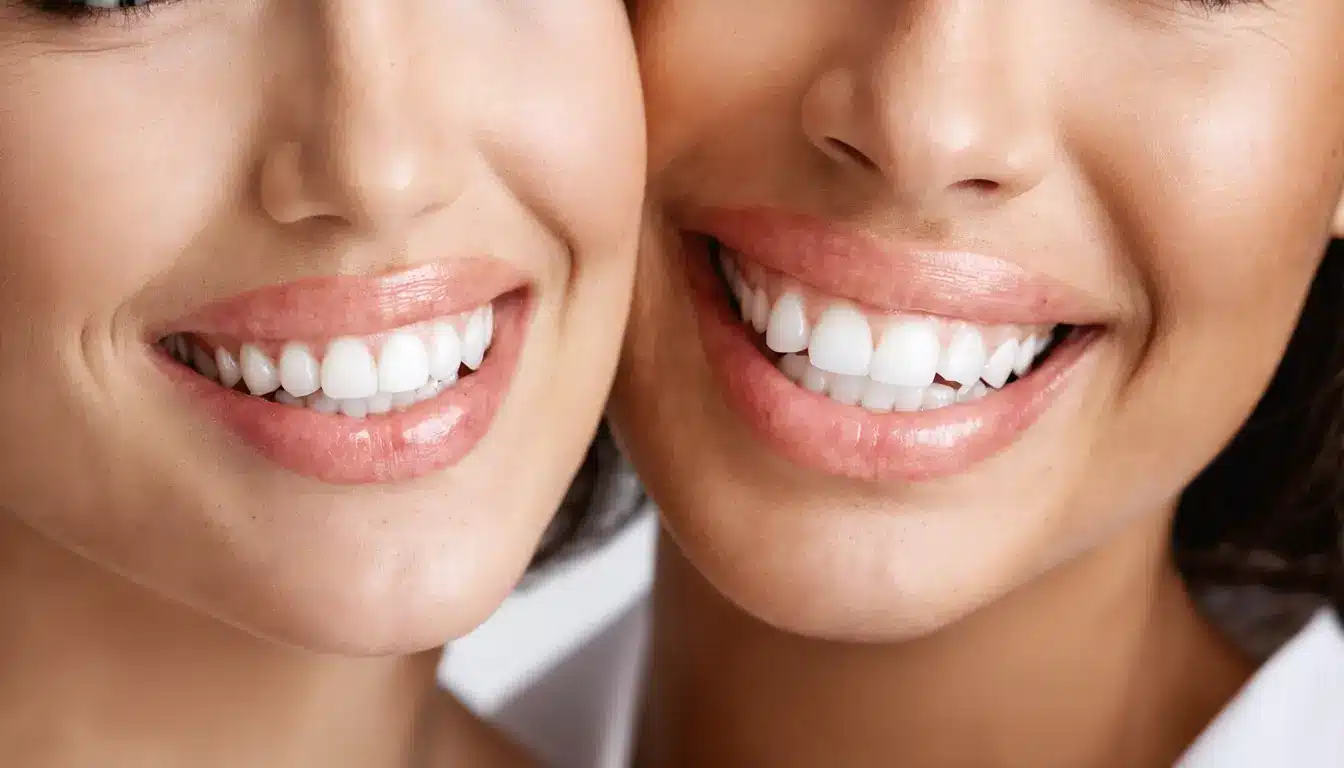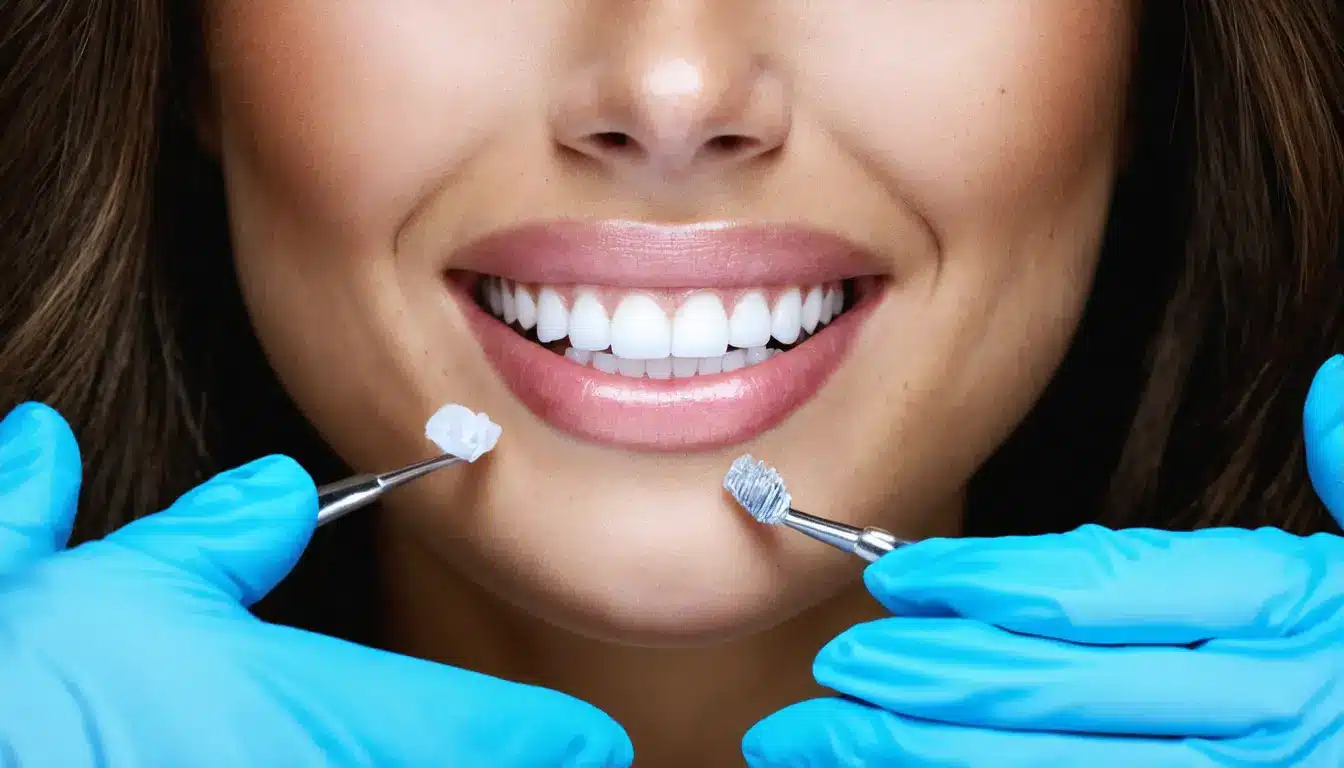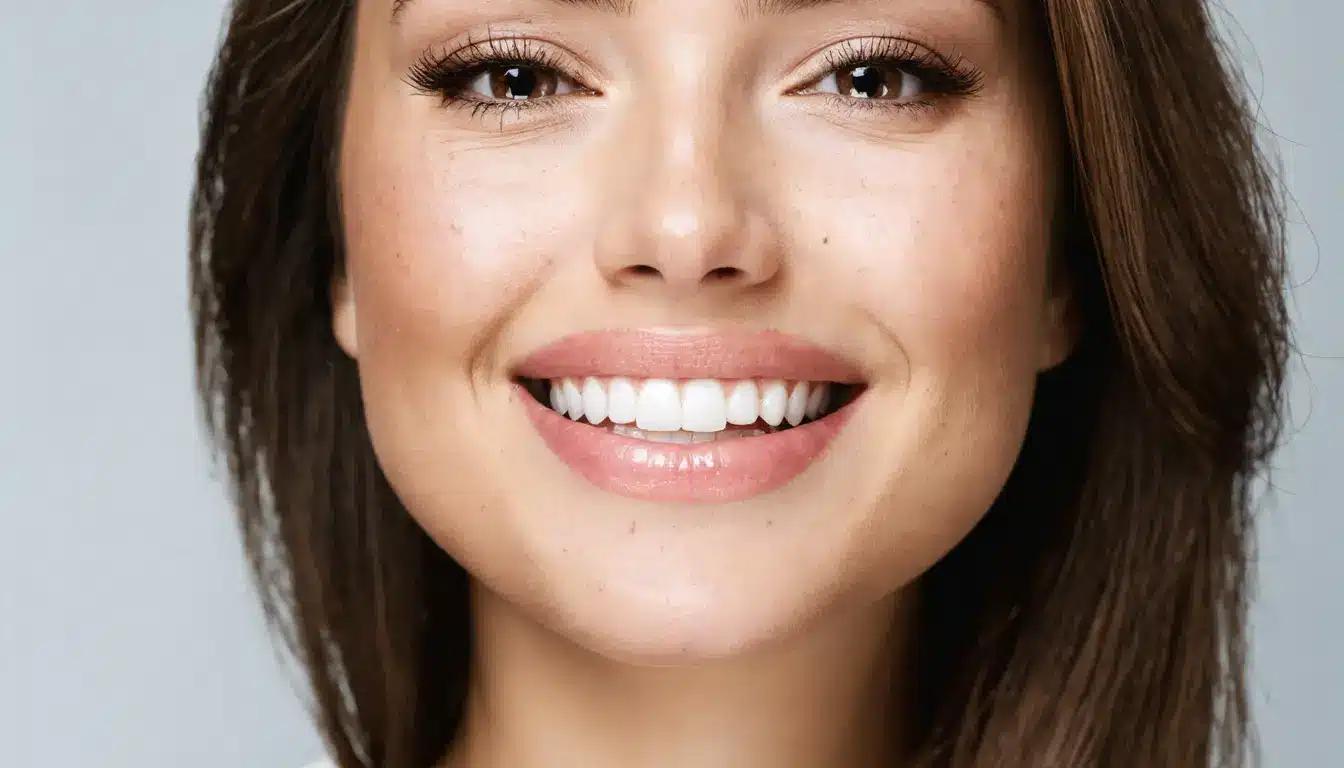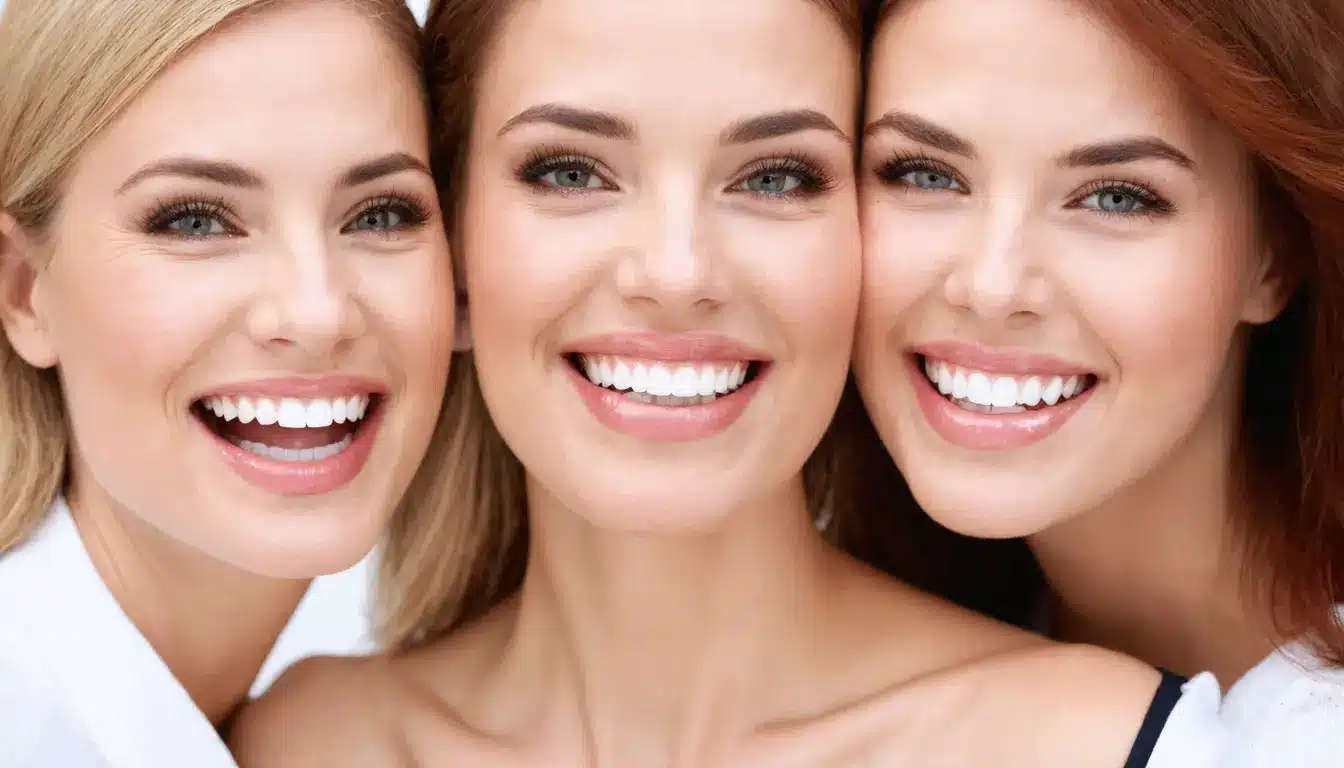Cosmetic dentistry is evolving rapidly, with “Smile Design Aesthetic Trends” reflecting global cultural preferences. From bold, Hollywood-inspired smiles in the U.S. to understated, natural looks in Europe, these trends shape how dental professionals craft customized smiles.

Key Differences Between American and European Smile Design
1. American Smile Preferences
Whiter, Brighter Teeth: Americans often desire ultra-white teeth achieved through advanced whitening systems.
Perfect Symmetry: There is a strong focus on idealized proportions using veneers or crowns.
Celebrity Influence: Pop culture drives trends like noticeable, flawless smiles.
2. European Smile Preferences
Natural Appearance: Europeans prioritize subtle enhancements that maintain a natural look.
Minimal Invasiveness: Treatments focus on preservation of natural teeth with minimally invasive methods.
Cultural Heritage: Traditional beauty standards emphasize authenticity.

Technological Advancements Influencing Trends
Digital Smile Design (DSD)
Digital tools allow dentists to create virtual previews of smile makeovers, merging aesthetic preferences with realistic results.
3D Printing for Custom Veneers
Advanced 3D printing enables precise, tailored restorations that reflect cultural aesthetics.
AI-Powered Smile Simulation
AI technology offers instant treatment previews, helping patients visualize potential results based on American or European preferences.
| Aspect | American Smile Design | European Smile Design |
|---|---|---|
| Whitening Preference | Ultra-white shades | Natural, ivory tones |
| Treatment Approach | Comprehensive makeovers | Minimal intervention |
| Popular Procedures | Veneers, crowns, implants | Orthodontics, bonding |
| Cultural Influence | Celebrity-driven | Heritage-inspired |
Future Trends to Watch
Personalized Smile Design
Customization will expand, blending American boldness with European subtlety for truly personalized results.
Biocompatible Materials
New materials will improve durability while blending seamlessly with natural teeth.
Global Aesthetic Fusion
The blending of diverse cultural preferences may inspire universally appealing smile designs.

Expanded Insights and Industry Data
Patient Preferences by Region
According to a 2024 survey by the International Dental Aesthetics Association:
75% of American patients prefer ultra-white teeth.
68% of European patients value natural tooth appearance.
Procedure Popularity
Data from leading cosmetic dentistry clinics reveal:
Teeth Whitening: The most popular procedure globally.
Veneers: Favored by 60% of patients seeking comprehensive smile makeovers in the U.S.
Orthodontic Aligners: Preferred in Europe for minimally invasive treatments.

Psychological Impact of Smile Aesthetics
Research from the Journal of Dental Psychology highlights that:
Self-Esteem Boost: Patients report increased confidence after smile-enhancing procedures.
First Impressions Matter: 85% of respondents believe a great smile positively influences social and professional interactions.
Cultural Perspectives on Smile Design
American Cultural Influence
The “Hollywood smile” remains a global symbol of beauty, promoting ultra-white, even teeth. American celebrities like Julia Roberts and Tom Cruise set standards that patients frequently request.
European Cultural Influence
European culture values authenticity, favoring smiles that reflect character and uniqueness rather than perfection.

Patient Stories: Real-Life Transformations
Lisa, U.S.: “I wanted a dazzling white smile like my favorite stars. Veneers gave me confidence and new opportunities at work.”
Marco, Italy: “I chose a natural restoration. I love how my smile looks refreshed yet genuine.”
Understanding “Smile Design Aesthetic Trends” highlights how cultural nuances influence cosmetic dentistry. Whether pursuing a radiant, bold look or a subtle, natural enhancement, modern techniques ensure personalized smiles that reflect individual style and cultural identity.












